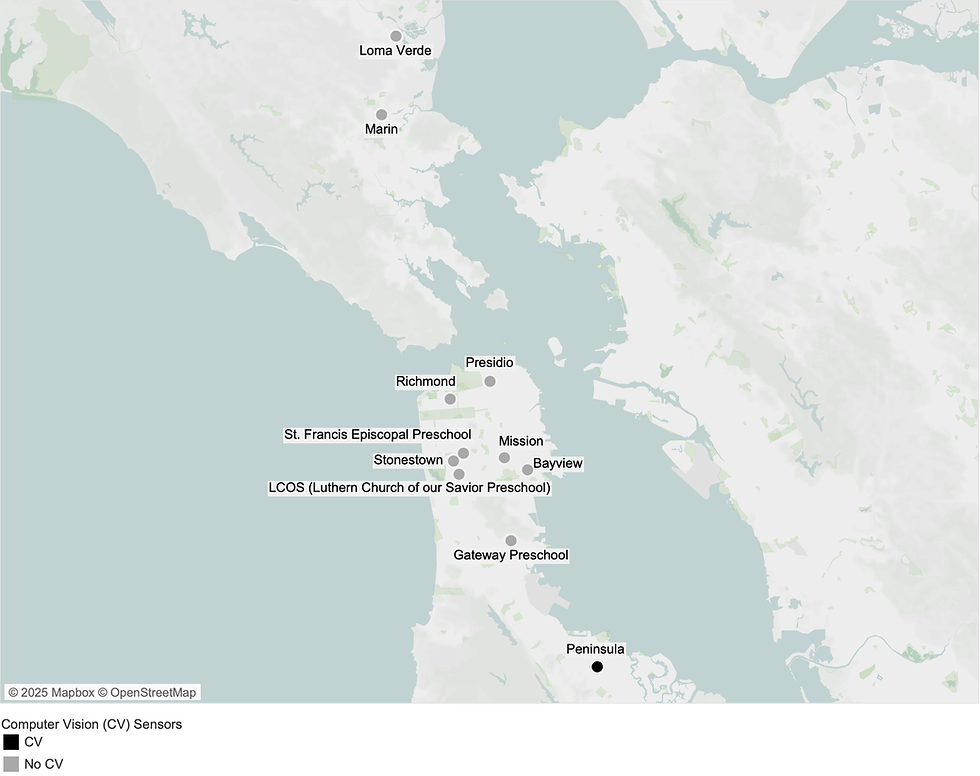A Campus Reimagined, A Mission Renewed: How PSR is Shaping the Future
- Cristina Greavu
- Sep 24
- 3 min read
Updated: Sep 30

For over 150 years, the Pacific School of Religion (PSR) has stood on Holy Hill in Berkeley, where the bay meets the sky and generations of changemakers have prepared to lead with courage, equity, and faith. Its classrooms and gardens have witnessed justice movements and nurtured communities of belonging.

But as education evolved, online platforms grew, and in-person attendance shifted, PSR faced a pivotal moment. What does it mean for a historic campus to remain vital in a new era?
Instead of seeing unused space as a loss, PSR asked a different question: How can this ground serve more people, more deeply, in more ways?
Together with MKThink, PSR reimagined its hilltop not as a collection of buildings, but as an ecosystem for learning, service, creativity, and spirit.
Imagine walking through the garden and seeing children and elders working side by side. In one room, a theologian co-leads a workshop with a public health advocate. Later that evening, the chapel fills with neighbors gathering for a film screening, a concert, or a community retreat.

This is PSR’s renewed mission made visible: a place where education, justice, and community intertwine.
MKThink helped PSR craft a Campus Framework Plan to match vision with strategy:
- 61% footprint reduction → focusing on what truly matters, while reducing costs and inefficiencies.
- 67,000 GSF non-residential space retained → enough to sustain vibrant campus life.
- 50,000 SF of partner and shared space → turning 51% of the reduced footprint into opportunities for collaboration.
- $500,000 annual revenue potential unlocked by 2028 → ensuring long-term financial sustainability.
By clarifying core space needs, testing development scenarios, and building a partner framework, the plan created an incremental, flexible pathway, one that preserves heritage while inviting innovation.
The transformation is not a distant dream, it’s already visible. Partnerships with UC Berkeley’s Fung Institute and Berkwood Hedge Middle School have brought new daily rhythms of life and learning onto the grounds. A new digital platform, Kwaray, extends PSR’s reach far beyond Berkeley. And at every step, the campus feels less like an isolated institution and more like a community hub.

PSR’s campus isn’t just historic, it’s alive with possibility. These spaces hold memory and momentum, but also the adaptability to meet new needs. Here, a student might study theology in the morning, a neighbor attend a wellness class at noon, and a multifaith concert fill the chapel at night. Difference isn’t just welcomed, it’s essential to the experience.
The result is not just efficient use of space. It is faith in action: a place aligned with purpose, shaping leaders and communities for generations to come.
The PSR story reminds us that the future of campuses and communities doesn’t depend on size but on mission, people, and place alignment.
When institutions embrace flexibility, partnership, and shared vision, even a smaller footprint can hold greater impact. How could a renewed vision unlock new life in your spaces? We invite you to explore this question together anytime by reaching out here.




Comments